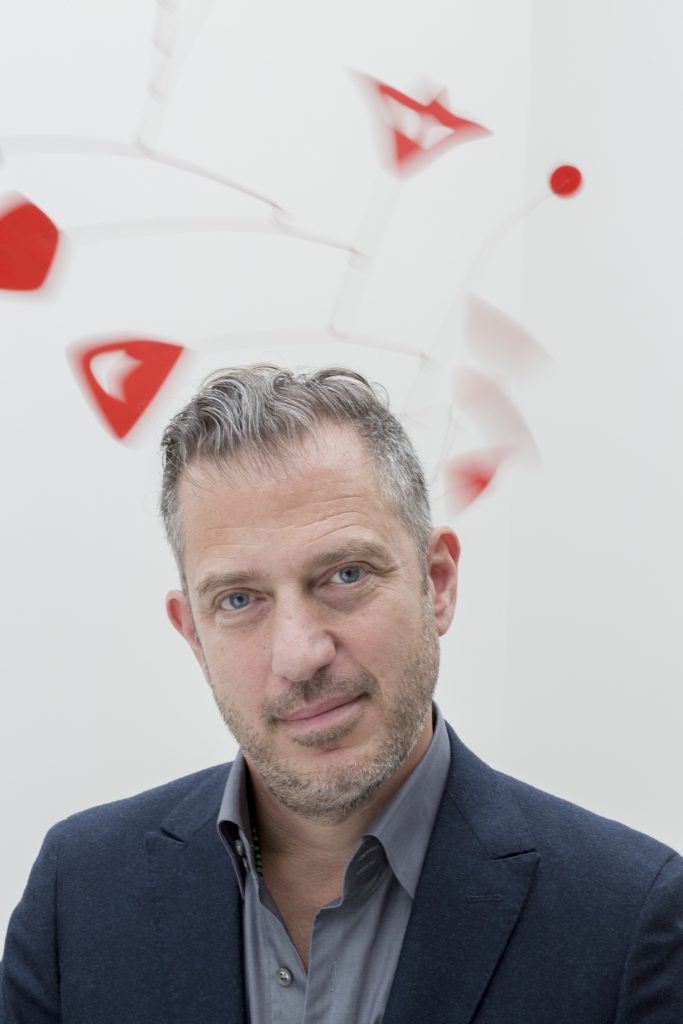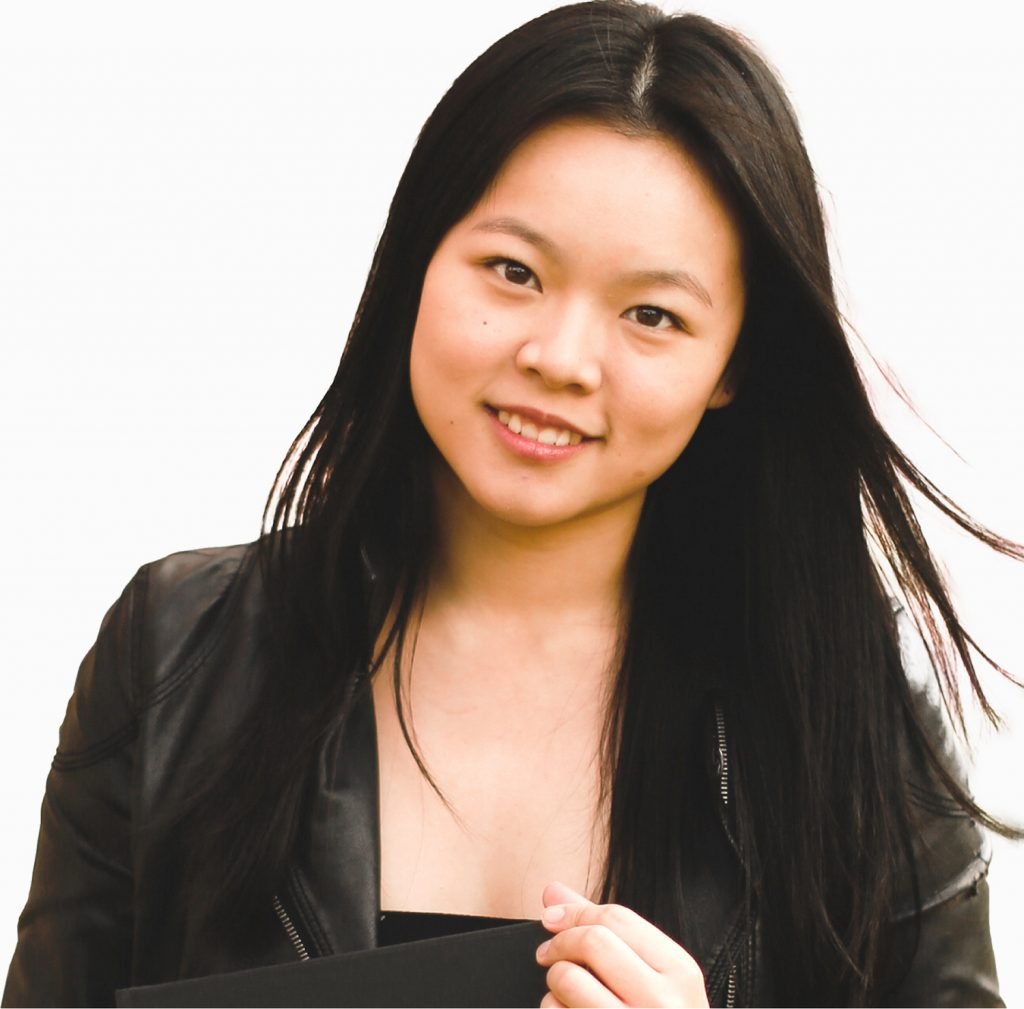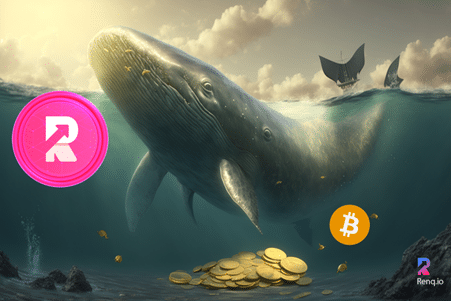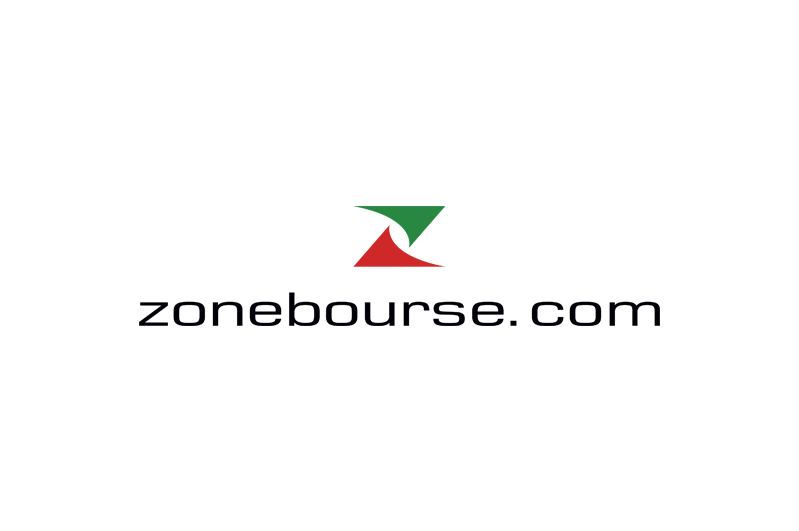Calder Foundation wants to Gamify art history with a new Web3 experience that awards official NFTs to winners

Alexander SC Rower, the grandson of the artist Alexander Calder and president of the Calder Foundation, is a self-proclaimed NFT skeptic. He had posted a number of pitches about the possibility of an Alexander Calder NFT when he spoke to TRLab founders Xin Li-Cohen and Audrey Ou at Art Basel Miami Beach in December last year. It was then something finally clicked.
“It made no sense to do some digital reproduction of pre-existing art,” Rower told Artnet News. “It just seemed really boring.”
Therefore, the foundation unveils something different this week. Together with TRLab – which seeks to bring the blue-chip art world to the NFT space – the foundation unveils a Web3 interactive platform designed to teach the public about Calder’s art, gamify art history and perhaps earn some money to spend on Calder’s IRL work along the way. (Especially TRLabs co-founder Xin Li-Cohen, who is also non-executive vice president of Christie’s, placed the winning bid on the highest priced Calder ever sold at auction, in 2014.)

Calder Foundation President Alexander SC Rower. Image courtesy of Calder Foundation.
The Calder Question, as the initiative is called, is described as «an interactive educational gathering that will challenge the participants’ assumptions about Calder and deepen their understanding of his art, culminating in a unique opportunity to collect limited edition NFTs created specifically for the project. “
Here’s how it works: The creators have mapped out an online educational journey that begins with an orientation about Calder’s life and work and sets the stage for the participants to explore four of his signature art forms: mobiles, early abstractions, figurative thread sculptures and sound-creating works.
Although it is free to join, each user must have a crypto wallet to claim participation tokens and continue through the process, where they will face collaborative activities and challenges designed to display the works of art in the foundation’s collection.
Participants will “unlock” access to more and more people exclusive benefits and rewards, including rare signed books and unusual collectibles, as well as a series of limited edition NFTs such as will be unveiled at the start of the project this autumn. There will also be several virtual and personal events by Rower and the foundation team.
At the end of the program, a selected number of participants which completes all levels will be eligible to join Row for a guided tour of Calder’s carefully preserved studio and private residence in Roxbury, Connecticut.
Any income from the NFT sale will be used to establish a new one conservation fund for Calder artwork worldwide. But Rower says he would have been happy even if the project did not become a money maker (especially considering that it was launched during a cryptocurrency). “We do not care about the financial nature of NFTs, we are interested in getting in touch with people,” he said.

TRLab co-founder Audrey Ou. Image courtesy of TR Lab.
Early registration for The Calder Question opens today. All potential participants are also encouraged to follow TRLab further Twitter or Discord for updates; Calder super fans will have a chance to get an early look by collecting tokens that prove they are attending special online and personal events.
“I think it will be an example of a new kind of NFT experience,” Ou told Artnet News. She said the NFTs would be priced in the thousands, but declined to give specific figures.
“Calder was so inventive and such an advanced artist,” Rower said. “I think he invented the whole media [of art]. I’m sure if my grandfather was alive today, he would be involved in this new area [of NFTs] because it is so multidimensional. That’s exactly what he was working on. “
Follow Artnet News on Facebook:
Do you want to be at the forefront of the art world? Subscribe to our newsletter to get the latest news, eye-opening interviews and sharp reviews that drive the conversation forward.

























